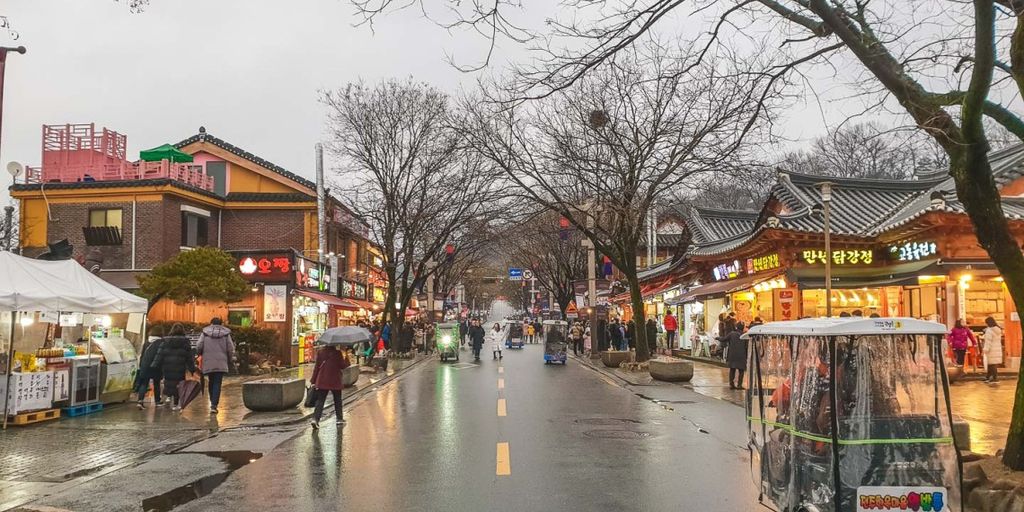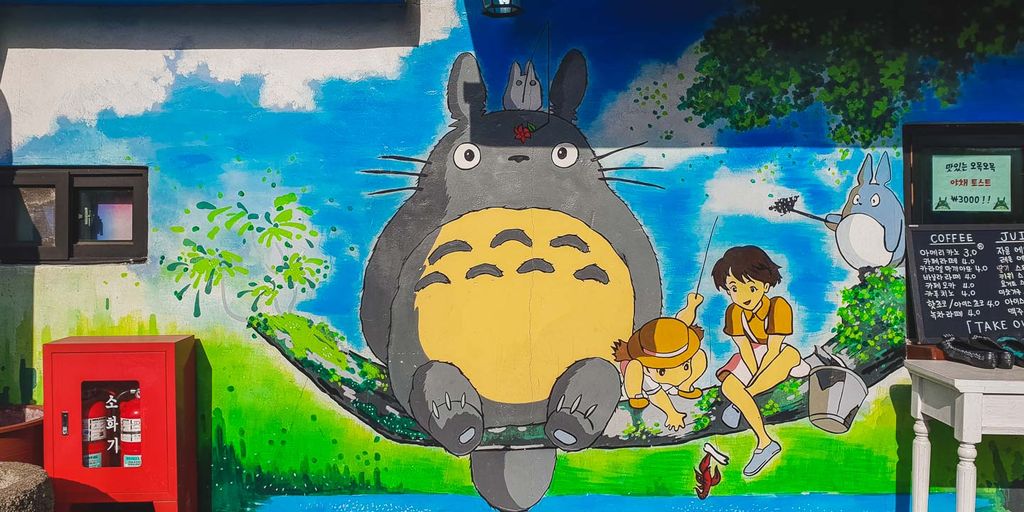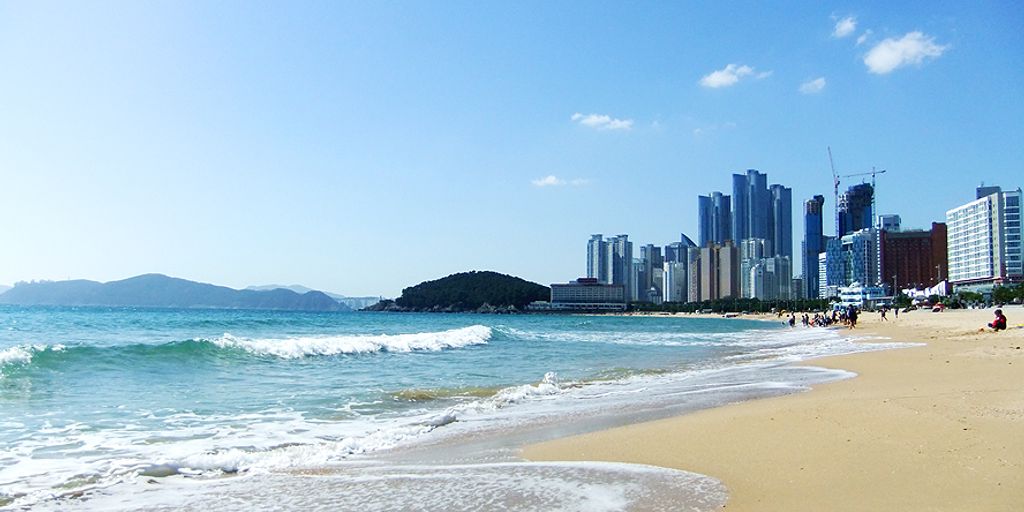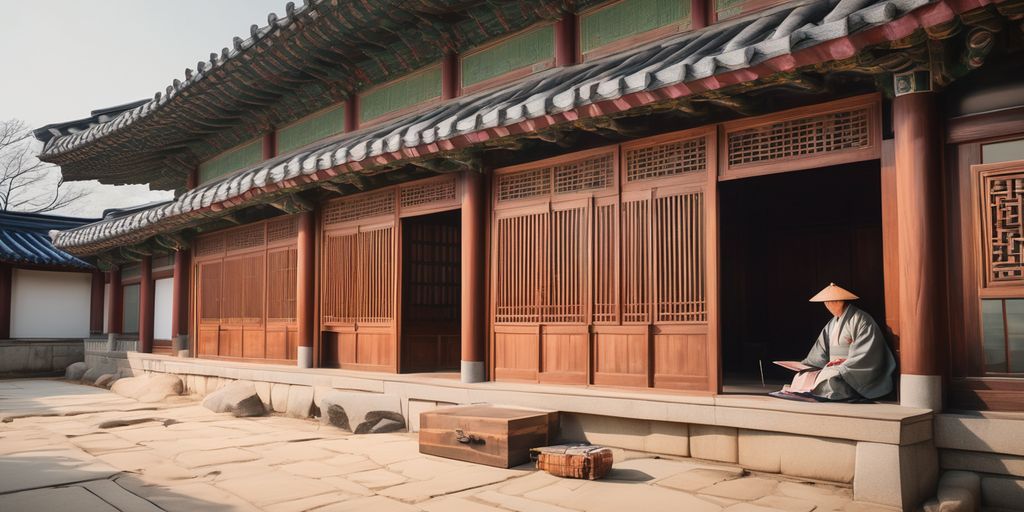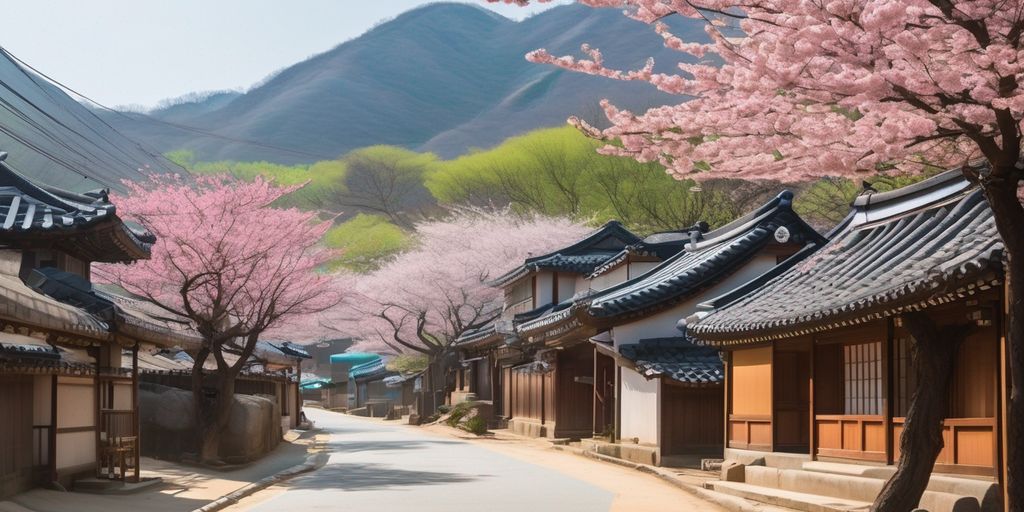Welcome to ‘Cultural Odyssey: Immersing Yourself in Busan’s Rich Heritage.’ This article will guide you through the vibrant city of Busan, South Korea, a place where ancient traditions and modern life blend seamlessly. From its historic temples and bustling markets to its serene beaches and colorful cultural villages, Busan offers a rich tapestry of experiences that cater to all types of travelers. Prepare to embark on a journey that will not only entertain but also enlighten, as you dive deep into the heart of Busan’s cultural landscape.
Key Takeaways
- Busan’s rich heritage includes a mix of ancient traditions and modern attractions, offering something for everyone.
- Visitors can explore historic temples, bustling markets, and serene beaches, each offering a unique glimpse into the city’s culture.
- The city’s culinary scene is a highlight, with options ranging from local street food to traditional Korean dining.
- Gamcheon Culture Village offers a colorful and artistic exploration of Busan’s local history and creativity.
- Engaging in local festivals, craft workshops, and cultural performances provides deep cultural immersion and a true taste of Busan’s vibrant community.
Discover Busan’s Timeless Charm

Explore Historic Temples
Busan’s temples are not just places of worship but are steeped in history and culture. Each temple tells a story of the past, making them a must-visit for anyone wanting to dive deep into Busan’s heritage. Be sure to visit the Haedong Yonggungsa Temple, which is uniquely situated by the sea, offering breathtaking views alongside spiritual solace.
Stroll Through Bustling Markets
The markets in Busan are alive with energy and are a treat for all your senses. From the sounds of vendors calling out, the sight of colorful goods displayed, to the smells of delicious street food, these markets offer a glimpse into the daily life of locals. Make sure to try some local snacks as you wander through!
Relax on Serene Beaches
Busan’s beaches are famous for their beauty and tranquility. Whether you’re looking to relax under the sun or participate in some water sports, the beaches here provide the perfect escape from the hustle and bustle of city life. Haeundae Beach is particularly popular, known for its fine sand and clear waters.
A Taste of Tradition: Busan’s Culinary Delights

Savor Local Street Food
Busan’s streets are a paradise for food lovers! Imagine walking down the street and smelling the delicious aromas of freshly cooked local dishes. You can try everything from hotteok (sweet pancakes) to tteokbokki (spicy rice cakes). It’s a fun way to eat and explore at the same time!
Experience Traditional Korean Dining
In Busan, traditional Korean meals are more than just food; they’re an experience. Sit on the floor at a low table and enjoy dishes like bibimbap (mixed rice) and samgyeopsal (grilled pork belly). It’s a great way to feel like a local and enjoy some yummy food.
Explore Seafood Markets
Busan is famous for its seafood, and visiting a seafood market is a must-do. You can see all kinds of fish and maybe even try some raw fish, which is super fresh. It’s exciting to see all the different seafood and learn about them from the friendly sellers.
Gamcheon Culture Village: A Colorful Experience

Wander Through Artistic Alleys
Get lost in the maze of colorful alleys that make Gamcheon Culture Village so special. Every corner you turn offers a new surprise, from vibrant murals to unique sculptures that tell stories of the village’s past.
Visit Quirky Art Galleries
The art galleries in Gamcheon are not your typical galleries. They’re filled with fun and quirky art that reflects the creative spirit of the village. It’s like stepping into a different world!
Learn About Local History
Discover the rich history of Gamcheon Culture Village. Learn how this area transformed from a refuge during the Korean War to a thriving artistic hub. It’s a great way to connect with the past and understand the culture of Busan.
Fun Fact: Gamcheon Culture Village is often called the ‘Machu Picchu of Busan’ because of its unique location and colorful buildings!
Busan’s Coastal Escapades

Enjoy Haeundae Beach
Haeundae Beach is not just a beach; it’s a vibrant hub where the ocean meets fun! Imagine building sandcastles, splashing around in the waves, or just chilling under the sun. It’s a perfect spot for anyone looking to have a great time by the sea. Don’t forget to try some local snacks from the nearby vendors, they’re delicious!
Discover Dongbaek Island
Dongbaek Island offers a peaceful escape with its beautiful walking paths and stunning views of the ocean. It’s a great place for a leisurely stroll or a romantic walk at sunset. You’ll also find the famous mermaid statue here, which is super cool to see!
Visit Haedong Yonggungsa Temple
This temple is something special because it’s right by the sea! You can hear the waves crashing as you explore the beautiful grounds. It’s a peaceful place where you can feel really calm and connected to nature. Plus, the architecture is amazing!
Busan’s coastal areas are truly a blend of natural beauty and fun activities. Whether you’re visiting the beaches or exploring the islands, there’s always something wonderful to do and see.
Modern Meets Ancient: Busan’s Urban Landscape

Busan is a city where the old and the new come together in a really cool way. Imagine looking up and seeing a huge skyscraper right next to an ancient temple! That’s what it’s like in Busan.
Admire Skyscrapers in Haeundae
In Haeundae, you can see some of the tallest and most awesome buildings in the city. It’s like standing at the foot of giants! These skyscrapers aren’t just tall; they’re also super modern and shiny.
Explore the Charm of Nampo-dong
Nampo-dong is a special part of Busan where you can really feel the city’s heartbeat. It’s full of shops, cafes, and lots of people. Walking through Nampo-dong is like taking a step back in time but also staying in the present because of all the cool, modern stuff around.
Visit the Busan Tower
The Busan Tower is a must-see! It’s not just any tower—it’s a place where you can go up and see the whole city from above. The view is amazing, and it makes you feel like you’re on top of the world.
Fun Fact: Did you know that from the top of Busan Tower, you can see both the old parts of the city and the new skyscrapers? It’s like watching history and the future at the same time!
Cultural Immersion in Busan

Participate in Local Festivals
Busan is buzzing with festivals all year round, offering a perfect chance for you to dive into its vibrant culture. From the colorful Busan International Film Festival to the lively Haeundae Sand Festival, there’s always something exciting happening. Get ready to dance, eat, and celebrate like a local!
Visit Traditional Craft Workshops
Ever wondered how traditional Korean crafts are made? In Busan, you can visit workshops where artisans create beautiful pottery, intricate hanbok (traditional Korean clothing), and more. It’s a hands-on way to learn about the city’s rich heritage and even try making something yourself.
Engage in Cultural Performances
To truly understand Busan’s artistic side, attending a cultural performance is a must. Whether it’s a traditional dance, a musical show, or a theatrical play, these performances are a window into the soul of the city. Don’t miss out on this enriching experience that brings the spirit of Busan to life.
Relaxation and Recreation in Busan

Indulge in Spa Treatments
Busan isn’t just about vibrant markets and stunning beaches; it’s also a place to unwind and pamper yourself. Indulge in luxurious spa treatments at one of the many wellness centers scattered throughout the city. From soothing massages to rejuvenating facials, there’s no better way to relax after a day of exploring.
Shop for Unique Souvenirs
While exploring Busan, don’t forget to pick up some unique souvenirs. Whether it’s traditional Korean crafts or trendy fashion items, the local markets and boutiques have something for everyone. Shopping here isn’t just about buying; it’s about experiencing the local culture and craftsmanship.
Enjoy Scenic Cable Car Rides
For a breathtaking view of Busan’s coastline, hop on a scenic cable car ride. Glide over the city and sea, and take in the panoramic views that stretch across the horizon. It’s a perfect way to cap off your visit, giving you a memorable glimpse of the city from above.
Wrapping Up Our Busan Adventure
As we conclude our cultural odyssey in Busan, it’s clear that this vibrant city offers more than just picturesque views and bustling markets. From the serene temples to the lively cultural villages, Busan invites travelers to dive deep into its rich heritage. Whether you’ve come for the food, the history, or the beaches, Busan leaves an indelible mark on all who wander its charming streets. So pack your bags and set your sights on Busan – a city that promises an adventure as dynamic as its scenery.
Frequently Asked Questions
What are some must-visit historical sites in Busan?
Busan is home to several historical sites such as the Haedong Yonggungsa Temple, known for its stunning seaside location, and Beomeosa Temple, nestled in the mountains. Don’t miss visiting the Gamcheon Culture Village for a blend of history and art.
What are the best local dishes to try in Busan?
When in Busan, savor local specialties like Milmyeon (cold wheat noodles), Dwaeji Gukbap (pork soup with rice), and fresh seafood at Jagalchi Fish Market. Also, try the street food in Nampo-dong for a taste of local flavors.
How can I experience Busan’s modern attractions?
Explore modern attractions like the skyscrapers in Haeundae, visit Busan Tower for panoramic city views, and enjoy the vibrant scenes at Haeundae Blue Line Park. The city’s modernity is also evident in its bustling markets and urban beaches.
Are there any cultural festivals in Busan I can attend?
Busan hosts various cultural festivals throughout the year, including the Busan International Film Festival, the Busan Fireworks Festival, and local traditional and cultural performances. These events offer a deep dive into the city’s vibrant culture.
What recreational activities does Busan offer for relaxation?
For relaxation, indulge in spa treatments at local bathhouses, enjoy scenic cable car rides, or unwind at Haeundae Beach. Shopping for unique souvenirs in traditional craft workshops is also a popular activity.
Can I find guided tours that cover both the historical and modern aspects of Busan?
Yes, there are various guided tours available that cover both historical and modern aspects of Busan. These tours typically include visits to historical temples, modern skyscrapers, and cultural sites, providing a comprehensive experience of the city.

